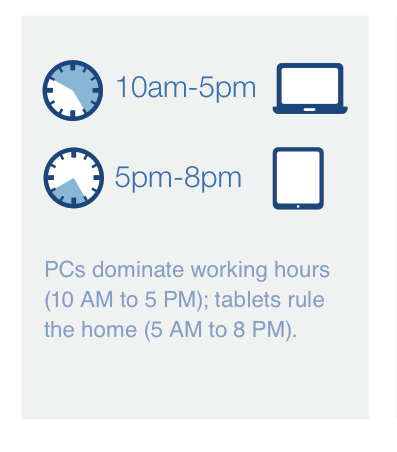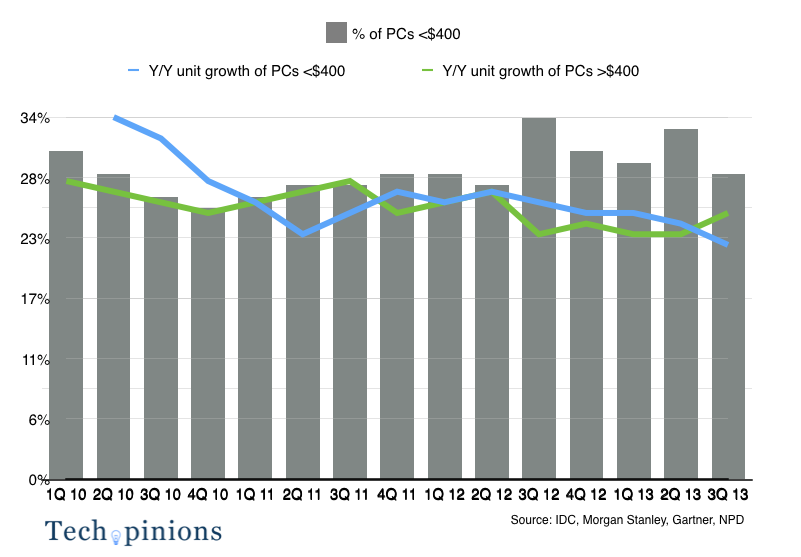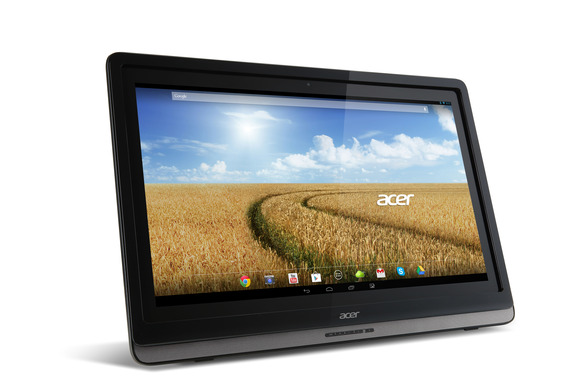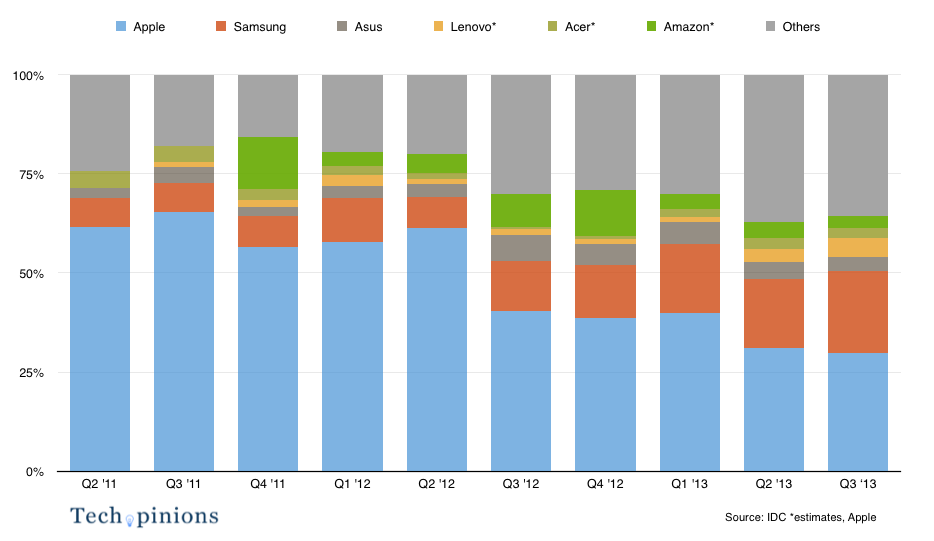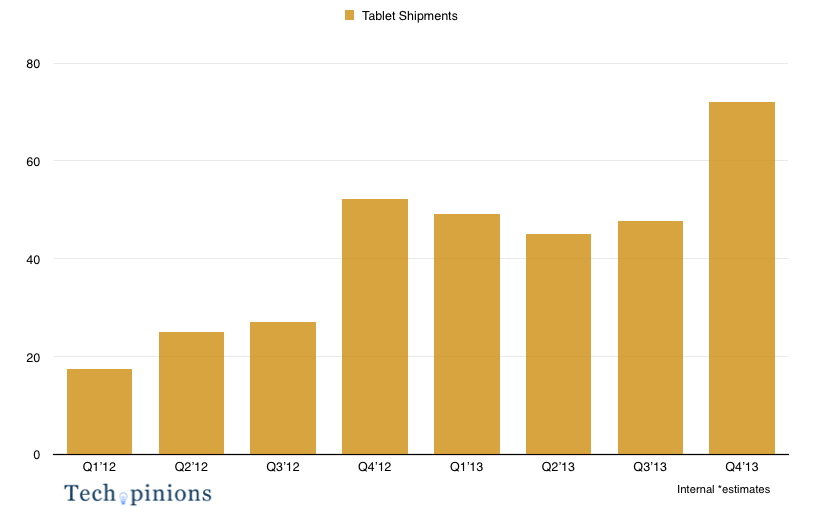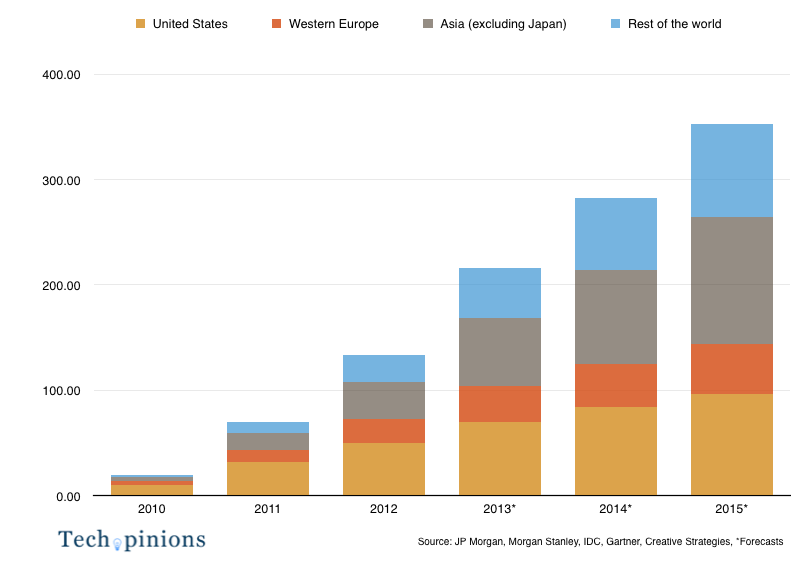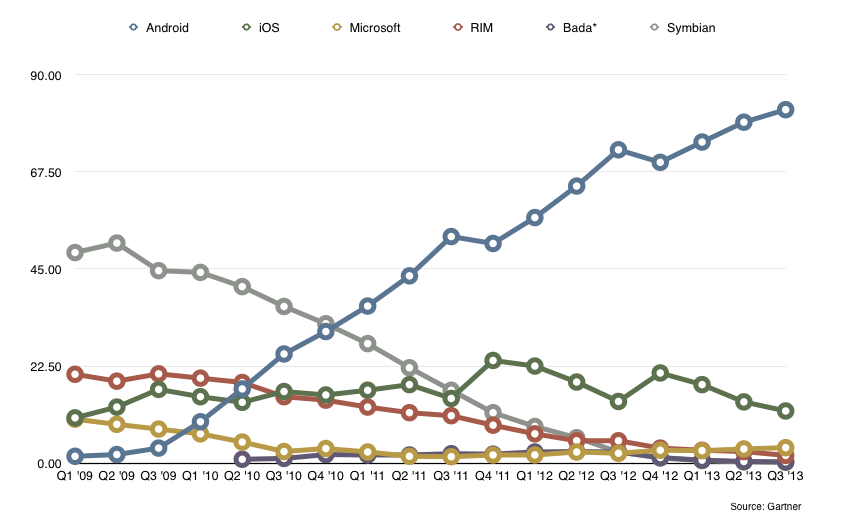It’s the first time for both Betsy and me: she’s never given birth before and I’ve never helped a goat produce a kid. My heart races as I pace her pen, reviewing what I need to know to make sure she has a safe delivery. She seems as content in her element as if she were an experienced mother.
My days are mostly spent in a windowless office. I meet with clients, analyze data, and wear fancy clothes. Now I’m out in the bright sun in a slightly smelly goat pen wearing overalls and galoshes and about to assist with a birth. Betsy’s instincts kick in as delivery becomes imminent. Mine did as well. I was not altogether unprepared: I had my iPhone.
Overgrown
My wife, Jennifer, and I began our journey the first year we planted tomatoes, zucchini, onions, lettuce, and strawberries. Each year the garden got bigger, and we experimented with new seeds and starters. The garden started to overflow our tiny backyard. Our front lawn was doing us no good, so we pulled it out and planted more crops in its place. In the very traditional suburban neighborhood in which we lived, our micro-farm became increasingly out of place. Our neighbors had nicely manicured green lawns and we had nicely manicured rows of vegetables.
Neighbors and passers-by thought either that what we were doing was inspirational or that we had gone crazy. To make peace with the latter group, we built some planter boxes next to the curb and planted vegetables for the neighborhood to pick from freely. We enjoyed giving fresh, homegrown goods to neighbors, friends, and family out of our abundance. We even started our own FSA (friend and family supported agriculture) to help others learn the benefits of growing your own food.
The more we “farmed,” the more we joked with friends and family that our next move should be to the country. It was appealing to think about sitting in our yard and looking out at an expanse of land rather than a solid wood fence 20 feet away, but it also seemed unrealistic. Our dreams had outgrown our boundaries.
It took a chance meeting to break through the fence. I ran into a friend with whom I’d started a company in the late 1990s, and we wound up talking about hobby farming. He mentioned that his father had looked at a house with lots of usable pastureland. We decided to check it out.
The farm was a 30-minute drive south of San Jose (add 15 in rush hour), where the sprawl of the Bay Area has dropped away and one enters something approaching real country. We took a look at the house and its fields, and we were sunk: we agreed that this was the place. The house was simple and came with three acres that already included a pool and two different playgrounds for our kids. We could see nearby hills from the house and hear and sense the quiet. We didn’t hesitate. We packed up and headed south.
It took just a few weeks until we settled into the calm and peace of our newly christened Bajarin Farm. Sitting and relaxing in the yard was like going on vacation. Everyone around us, and many we met in town, had similar gardening and farming interests. I knew we had made the right choice, though, the first time I saw two guys riding horses down our street, each with a beer in hand.
We rapidly expanded our gardening into farming and planting a greater variety of crops, and then we progressed into ranching — my idea. My wife resisted. “You do have a day job, you know,” she reminded me. I sold her on the chickens easily enough, as they don’t require much work and plenty of city slickers have them now. The taste of a fresh, free-range egg is the capper.
I agreed to take on all the animal duties, even if it meant getting up at the crack of dawn. We brought in two dozen chickens and shortly thereafter added three goats, two female and one male. Our goats quickly became family favorites. We knew it was likely that they would have babies, and we even fancied the idea of their kids running and jumping around our property. It simply happened much faster than I thought nature needed to take her course.
Push technology
As I pace Betsy’s pen wearing overalls and galoshes, I picture a rancher sitting on the back of an old pickup truck watching me. He has a face weathered from seasons of working outdoors, his cowboy hat is pulled low, and a long strand of hay hangs from his mouth. He shakes his head and has a good deep laugh at the city-boy office worker.
But so far the Internet has delivered — figuratively to date and soon literally. Jennifer and I relied on the Web to supplement our suburban farming knowledge. For today’s work, there’s a bucket of warm water and some clean towels nearby, and an iPhone in my hand with a Web page loaded that contains step-by-step directions on assisting with a goat delivery.
Birth went quickly. In moments, the first two kids are on the ground breathing and starting to move around. I let out a sigh of relief, wipe the sweat from my brow, and sit down on the ground near the newborns, taking a minute to admire them. I imagine the faces of my daughters when they arrive home from school that afternoon and see the newborns.
I pat myself on the back that my digital assistant and I managed everything so neatly. That was premature, of course. Betsy begins to push again. I expected twins but she was carrying triplets, which I later learned is uncommon. I roll up my sleeves for the next delivery, but an hour passes and she’s not progressing. Something is wrong.
Betsy is pacing, and she is trying on her own every position that she can to get the baby out. I start searching for delivery position complications. It takes minutes, but I find a forum that helps me diagnose the situation: the third kid was positioned poorly and Betsy can’t get it out on her own.
The reality of what I have to do next hits me along with a jolt of adrenaline. I’m about to get my soft, uncallused expert-typist hands dirty. I have to work up the courage, and it takes a few minutes of deep breathing to get there. Betsy looks exhausted. She’s been through an hour of hard labor, and if she could talk she would say, “Are going to sit there and play on your phone or are you going to help me, you idiot?!”
Reluctantly and cautiously, I reposition the kid and give a gentle tug to get the process started. I watch and wait impatiently. At last the kid emerges and breathes on its own. If I was the goat’s midwife, then the iPhone was mine.
No kidding
That was years ago, and while I’m not yet grizzled, I ride a tractor, wear cowboy boots, and occasionally snack on the wheat berries that grow in my pasture. Often new neighbors or friends from San Jose and beyond come over to see what we are up to and ask how to do it themselves. When people visit the first time, I usually have one rule: they have to try to catch a chicken. Purely for my entertainment purposes, of course.
I think back to Betsy’s first delivery at times, and remember my reaction when it became complicated. I didn’t call a vet; the thought never entered my mind. I’m a problem solver, and it seemed natural to turn to the same repository of information that serves my career to serve Betsy.
I probably should have had a vet’s number on hand, but being new to the community I didn’t yet know who to call. To save Betsy and the baby, I knew I had to act fast. That was where the Web came in, and it’s turned out that every fundamental bit of information we’ve needed to run the farm we’ve been able to find on the Internet, often from far-flung pocket farmers like ourselves, who share information that our grandparents and great-grandparents would have learned firsthand. The scale of a hobby farm has let us more recently connect in person, too, with local 4-H clubs, rather than the resources that family and larger farms rely on.
Every year around delivery time, I reflect on how a process that once seemed so foreign has now become second nature. Since that time, we have birthed 14 happy and healthy baby goats and I’m now the old hand. Neighbors come to consult me in similar situations, where I gladly offer any knowledge I have or teach them how to effectively use the Web for their needs.
Betsy is doing well to this day, and we have added more goats (and a sheep) in the years since and have helped them deliver happy, healthy newborns. Since moving we have also added ducks, geese, turkeys, and bees. But unquestionably, the highlight of our year is when baby goats arrive on the farm. Now, on to cows.




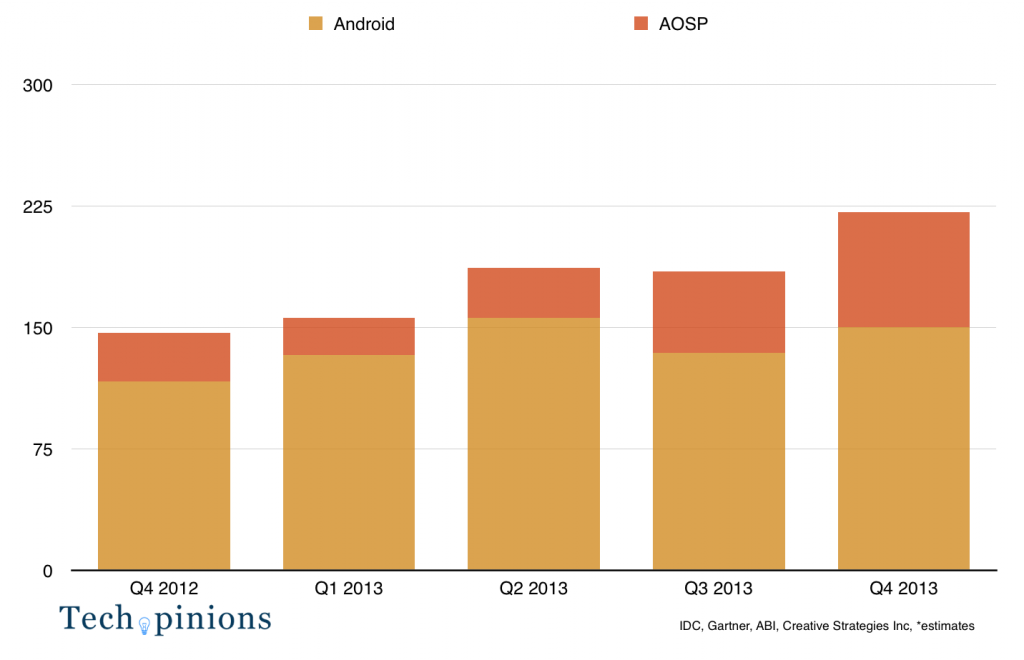

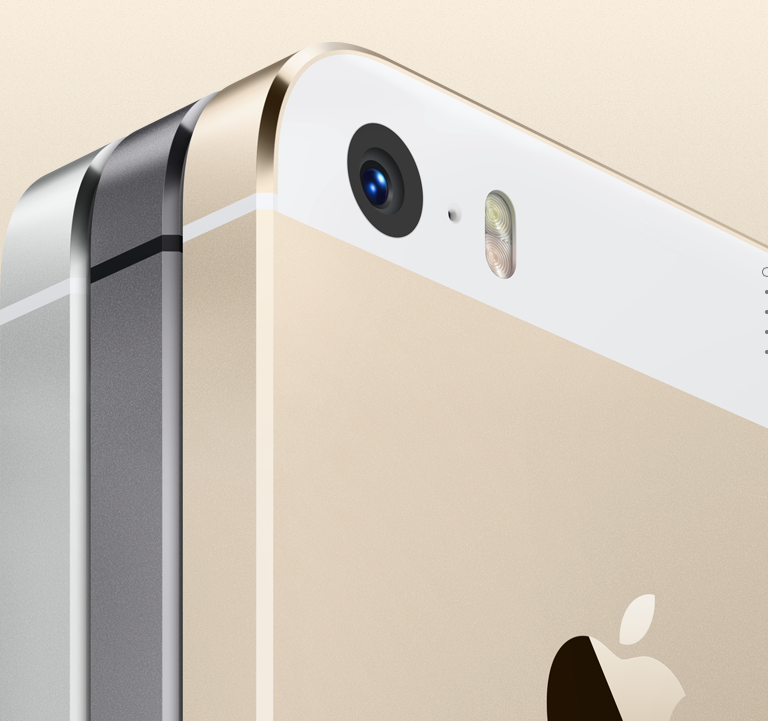

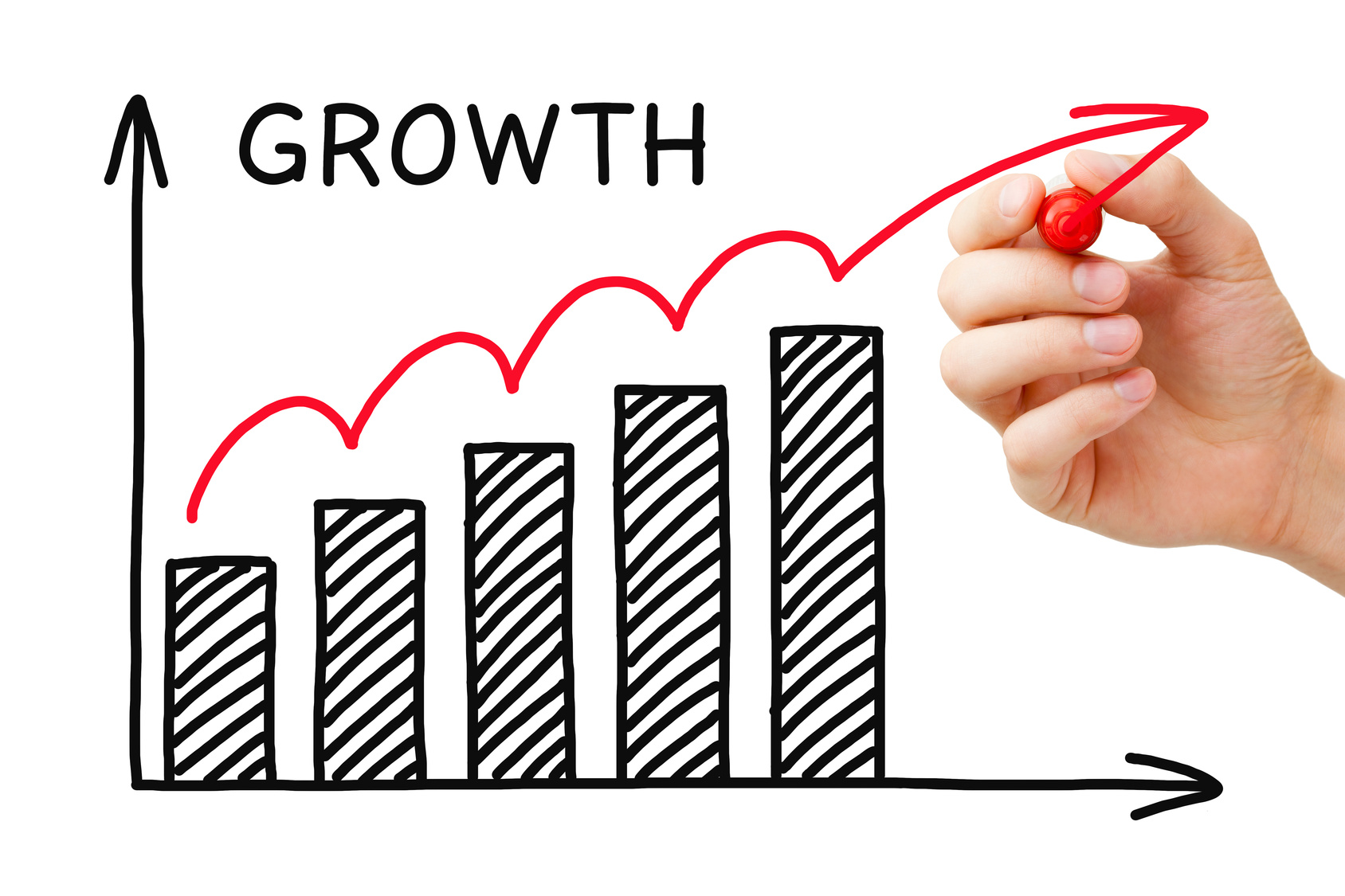



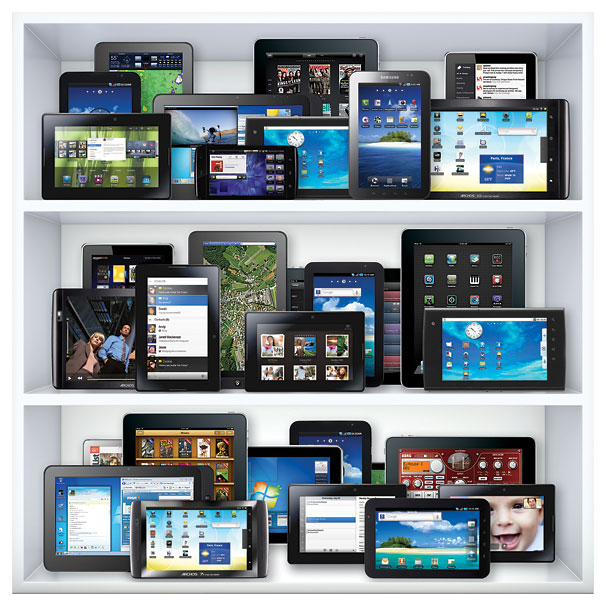

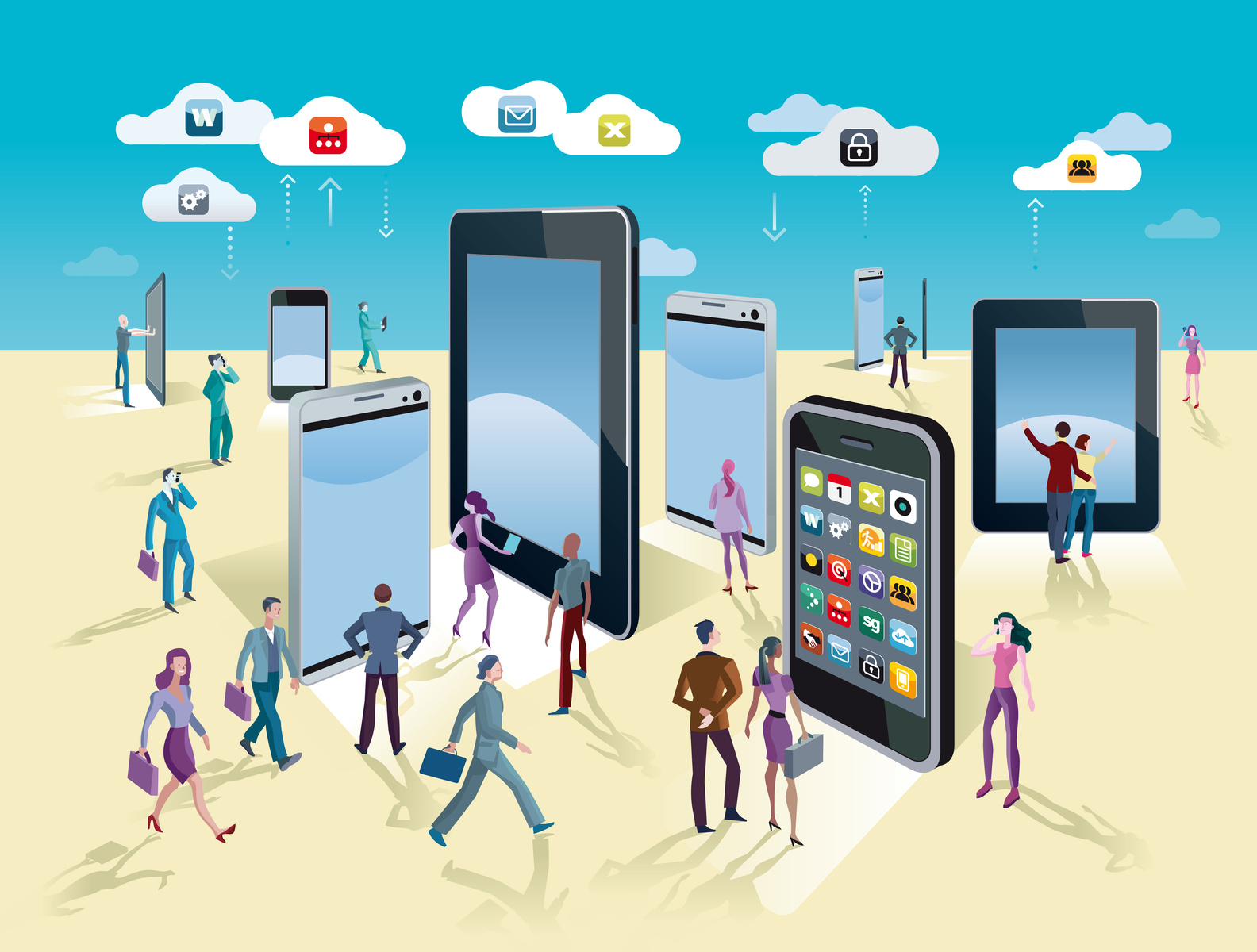

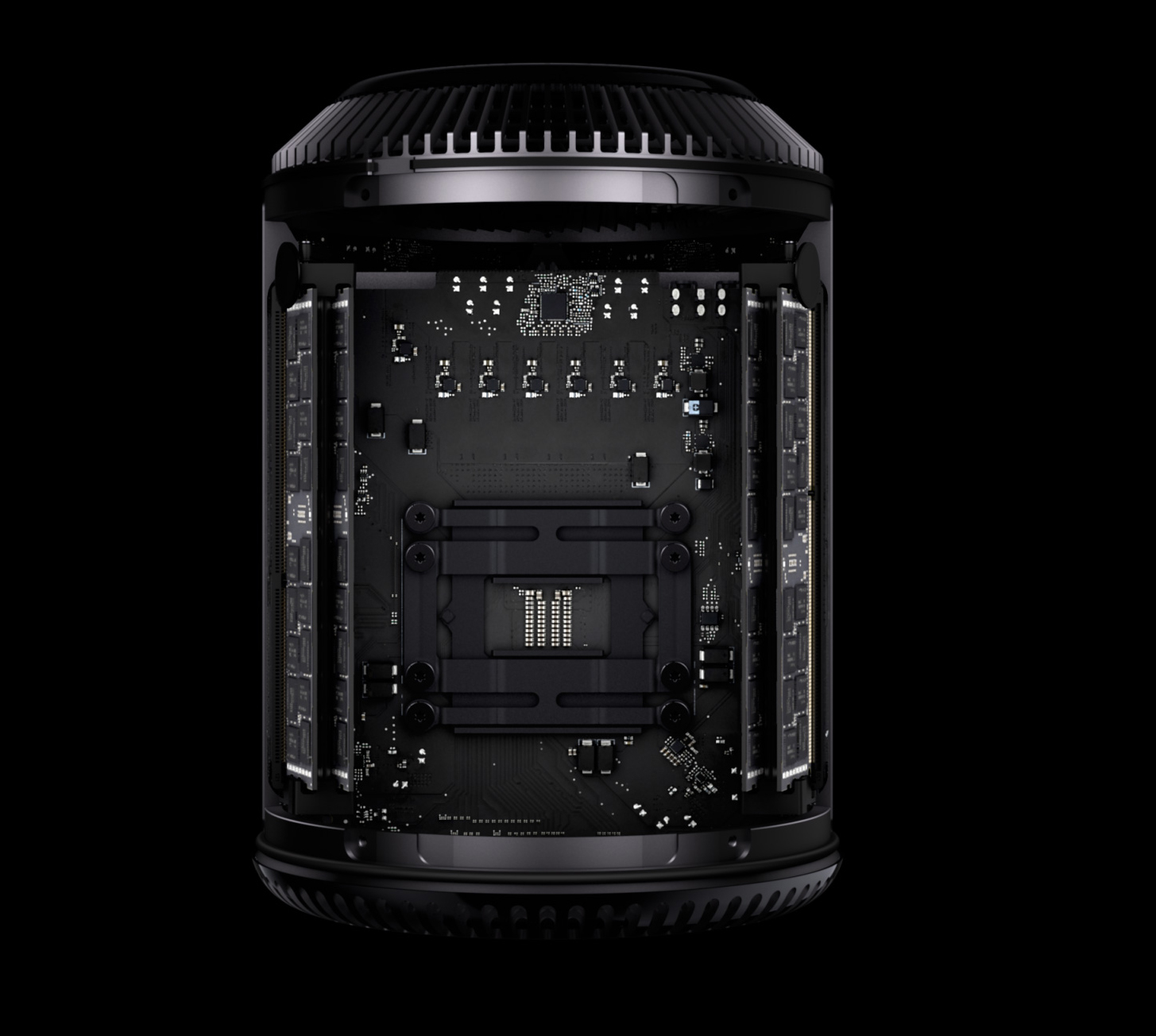
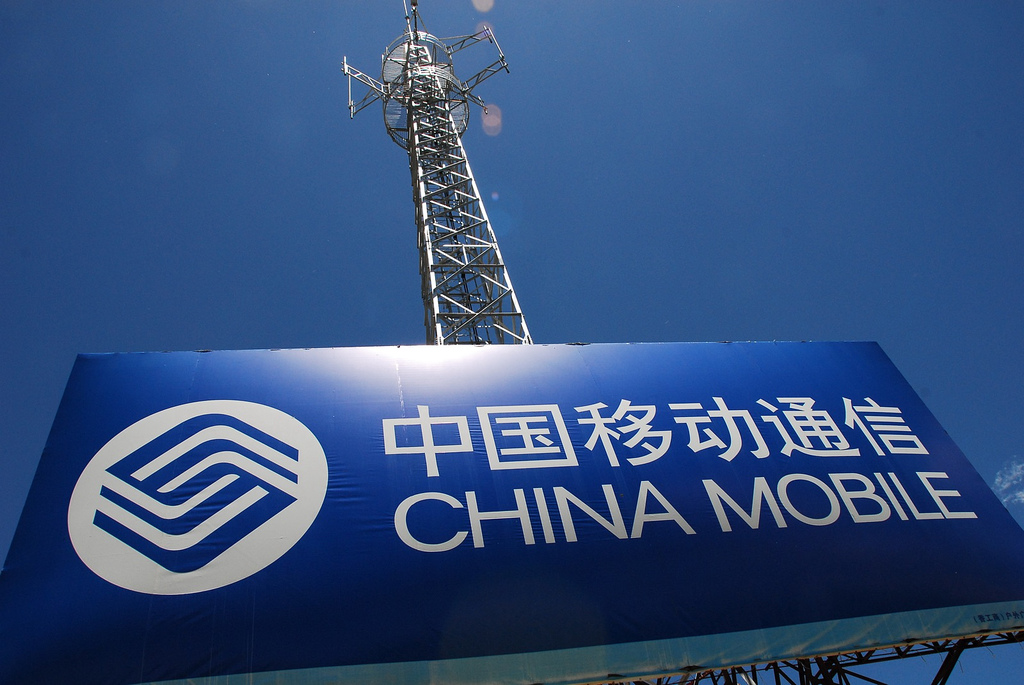

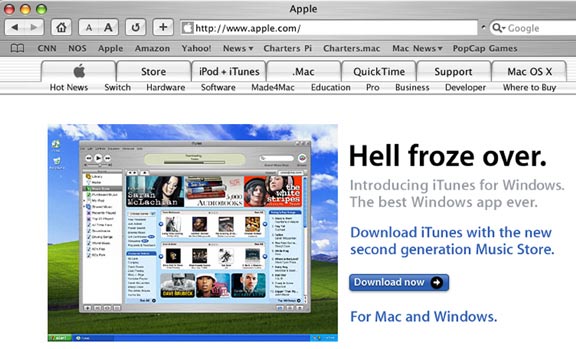
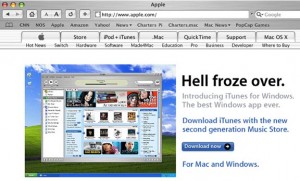 In a simple tweet today from
In a simple tweet today from 